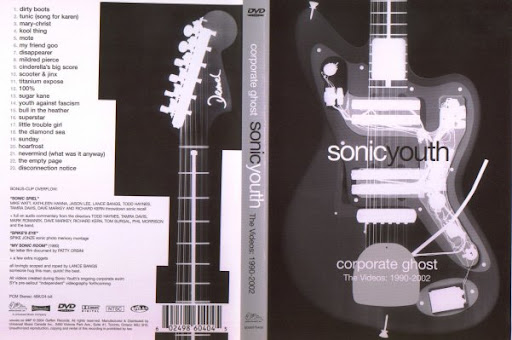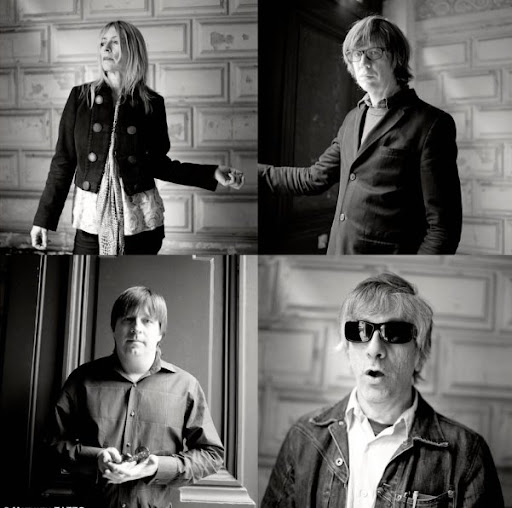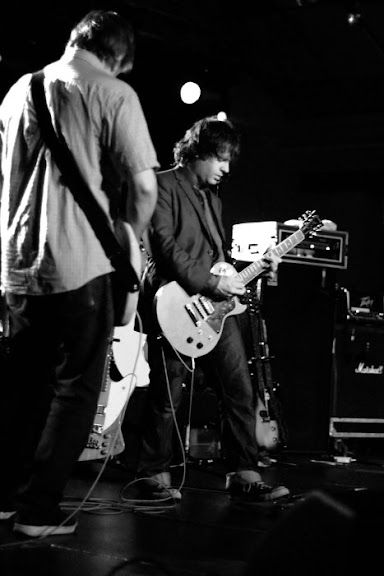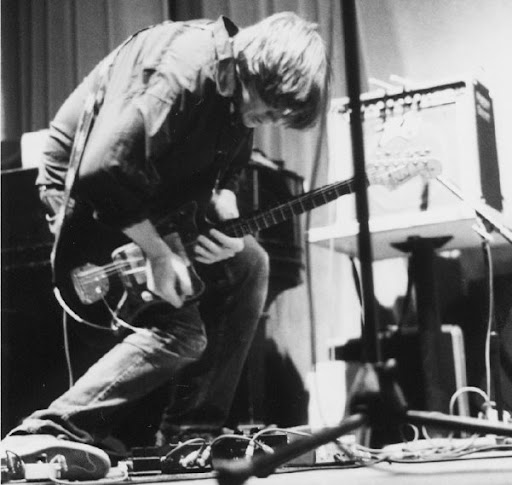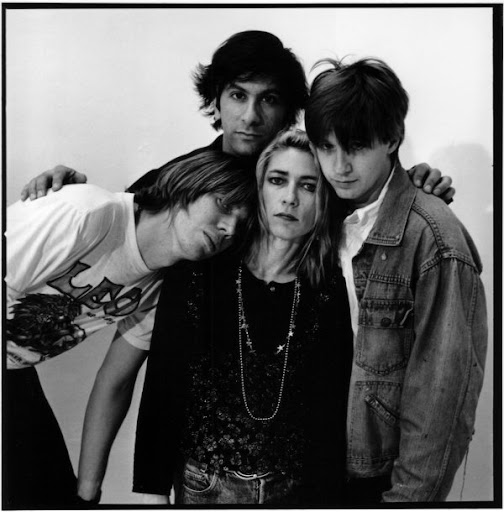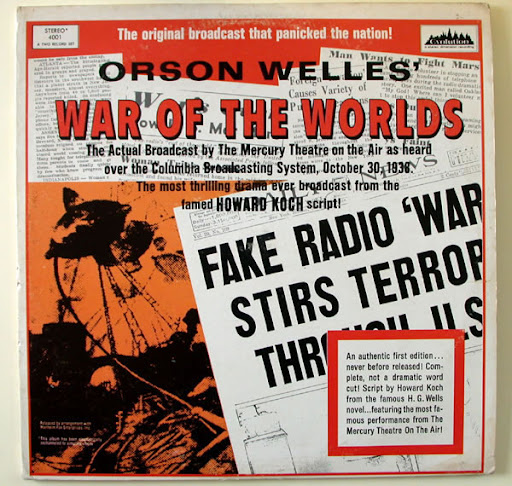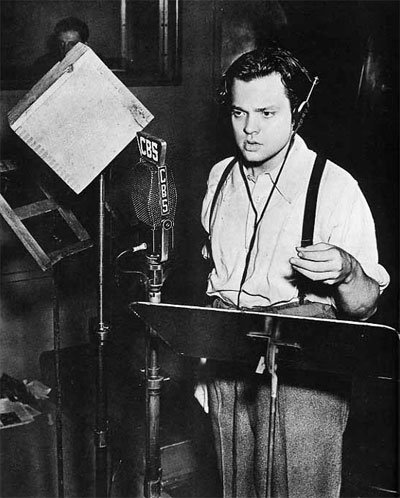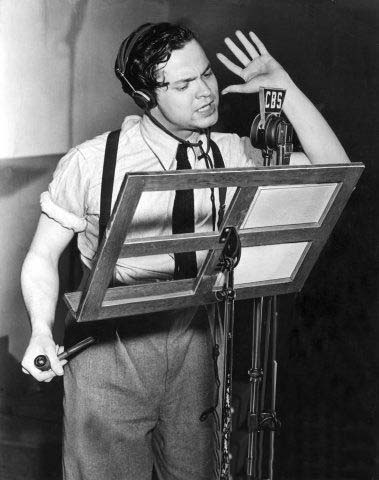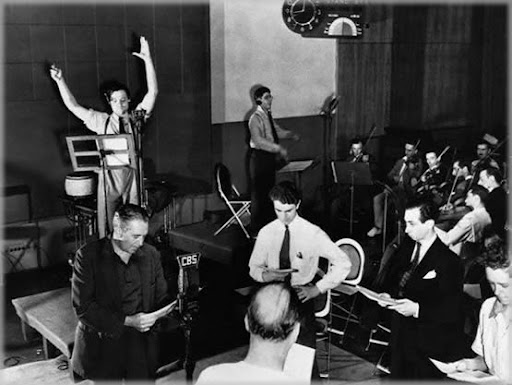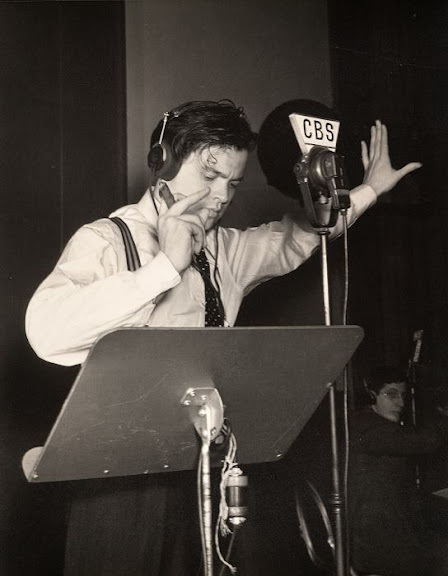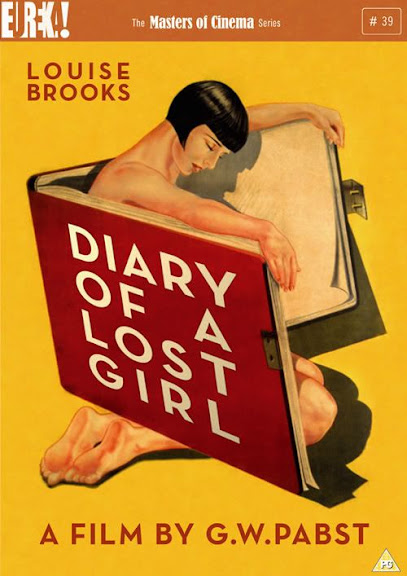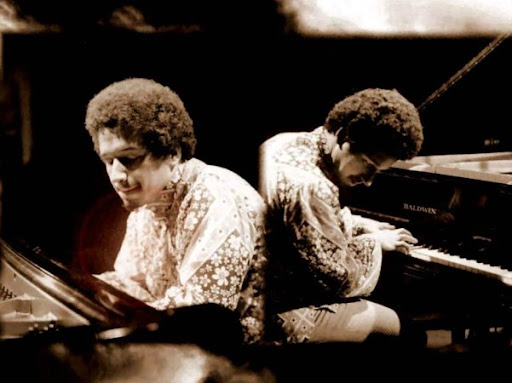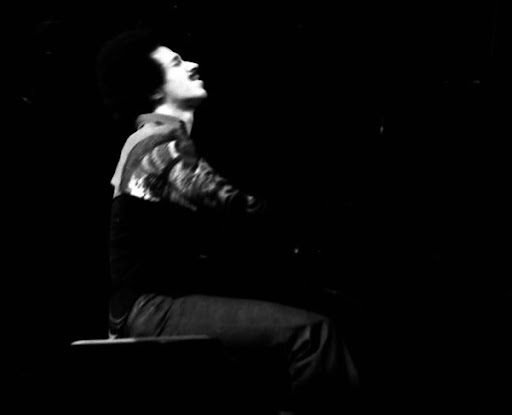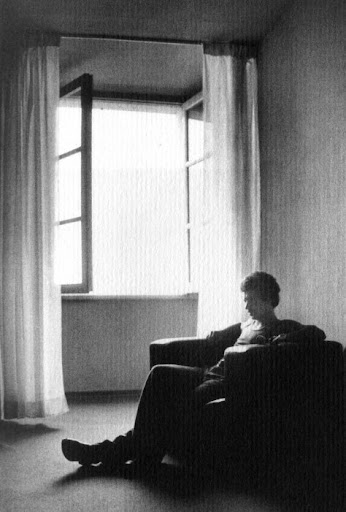
I haven't had a chance to view this documentary yet, but with a backstory that this film carries, I thought posting it would be a good idea. It's a tragedy when someone has to die for a cause or when exposing truth, and it seems like El Salvador is one of those countries where shining a light on the underbelly of society will more than likely get you a bullet in the head. This is what tragically happened to documentarian Christian Poveda after finishing this film. The gangs which were the subject of this documentary chose to end his life, and at the same time ended his art. This is what's left.
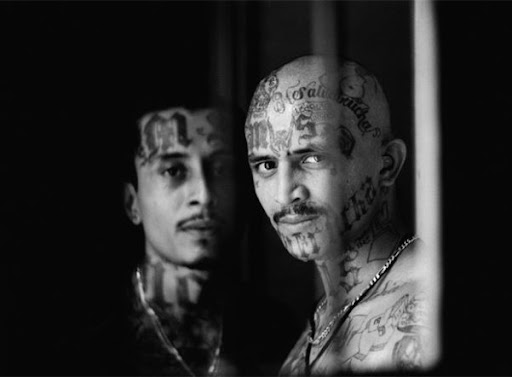
From Deborah Bonello at the L.A. Times:
“La Vida Loca” reflects a depressing and hopeless reality. The documentary, by photojournalist and filmmaker Christian Poveda, follows some of the members of "la dieciocho," the so-called 18th Street gang in a poor San Salvador neighborhood.
“Little One” is a 19-year-old mother with an enormous "18," reflecting her membership in the 18th Street gang, tattooed on her face. The numbers stretch from above her eyebrows down onto her cheeks. “Moreno” is a 25-year-old male member of the same gang who works in a local bakery set up by a nonprofit group called Homies Unidos. The bakery eventually folds when its owner is arrested and sentenced to 16 years in jail on homicide charges.And "Wizard," another young mother and gang member, who lost her eye in a fight, is followed by Poveda during a long series of medical consultations and operations to fit her with a replacement glass eye. She’s shot and killed before the end of the film. Stories like that, punctuated with funerals attended by silent, heavily tattooed male gang members and wailing young wives, mothers and girlfriends, make up the sum of “La Vida Loca.”
The nature of their existence meant that Poveda had to spread his camera lens wide in the 16 months he spent shooting the film. “I knew right from the start that I couldn't film just one character,” he explains during an interview on a trip to Mexico last month when “La Vida Loca” was part of the Guadalajara International Film Festival. “Firstly, they get bored after a couple of months and don't want to be filmed anymore. Or two, they get put in jail, or they get killed.” That's a reality that Poveda feels a lot of Americans don’t know about and should.“Americans have to realize how much damage the U.S. has done to this region,” he says.

Poveda, who lives in San Salvador and has worked as a photojournalist covering the country before, during and after the 12-year-long civil war that began in 1980, is talking from experience. The current situation in El Salvador is one of the less-inspiring examples of the long-standing social and economic ties between the United States and Latin American countries, he argues. Gangs were formed by Salvadorans living on the streets of Los Angeles in the 1980s. When the peace accords that ended the civil war were signed in El Salvador in the early 1990s, huge numbers of gang members returned to the country, some of them by choice but most of them through deportation by U.S. authorities. Many were sent back after completing prison sentences. As Rocky Delgadillo, a Los Angeles city attorney, notes in his column for the L.A. Times, “this only exacerbated the problem, spreading gangs like a virus until they grew into transnational super-gangs'.”
Poverty and a lack of opportunities in post-war El Salvador made the country a ripe recruiting ground, but gangs did exist in El Salvador before that. Tracy Wilkinson noted in her 1994 report on the issue for the L.A. Times: “Gangs have existed in El Salvador since the late 1950s, but until recently they were more likely to be associated with schools and would fight each other over things like basketball games, perhaps over territory, but not over business interests or crime franchises. The student gangs were not inclined to attack outsiders, and their weapons usually were nothing more deadly than knives. The war between leftist guerrillas and U.S.-backed armies in the 1980s made these gangs more violent as it made society more violent.”
However, it was after the United States began implementing their deportation policy in the 1990s that the groups grew into the super-gangs that they are today, with cliques all the way through Central America and Mexico as well as, of course, a huge presence in the U.S. Speaking at the Mexico City premiere of “La Vida Loca” last month, Poveda said officials estimate there are 15,000 gang members in El Salvador; 14,000 in Guatemala; 35,000 in Honduras; and 5,000 in Mexico. The biggest population of gang members still resides in the U.S., with an estimated 70,000 living there, he said.

As far as Poveda is concerned, the vast majority of the gang members in El Salvador are “victims of society, of our society. " A desperate reaction to a desperate situation. Many would disagree. The brutally violent groups have been connected with organized crime and other illegal activities. Here in Mexico, they’re one of the parties blamed for the high levels of violent attacks and robberies against migrants traveling from Central America and heading north to the United States. But Poveda says that their big, bad image makes them an easy target and a convenient scapegoat for crimes difficult for governments to control. He also differentiates between gang members living in the United States and those living in El Salvador. “They live in completely different economic situations,” he says. “It’s not the same thing selling drugs in the central market of San Salvador as it is selling drugs on Sunset Boulevard in Los Angeles,” he says, referring to the kind of profits gang members make in the two places.
When asked if he can see a day when the gangs cease to exist, Poveda says that the destruction of the networks is not the point. “If you want to improve things, the first thing to know is that it’s not about making the gangs disappear. They need to be given another focus.”
...
Sadly Poveda died last year:
Suspected Salvadorean gang members killed French filmmaker Christian Poveda, whose 2008 film “La Vida Loca” crudely depicts the hopeless lives of members of the infamous Mara 18 street gang, local police said on Wednesday. Poveda, 53, was shot on a road 10 miles north of the capital of San Salvador, as he drove back from filming in La Campanera, a poor, overcrowded suburb and a Mara 18 stronghold. President Mauricio Funes said in a statement on Wednesday night that he was “shocked” by Poveda’s murder and ordered a thorough investigation.
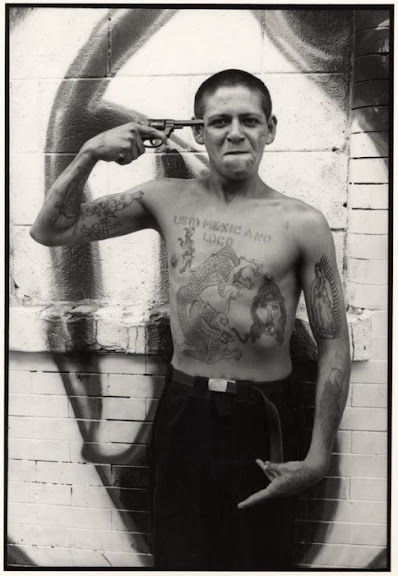
Technical Information:
Title: La Vida Loca
Year: 2008
Country: Mexico, El Salvador
Director: Christian Poveda
Source: DVD Retail
Video Codec: XviD
Container: .avi
Size: 850 MB
Length: 1:29:46
Programs used: unknown
Resolution: 640x368
Aspect Ratio: 16:9
Video: MPEG 4 @ ~1324 kb/s
Frame Rate: 25 fps
Audio: MP3 Spanish @ 128 kb/s
Subtitles: English

La Vida Loca Megaupload Link




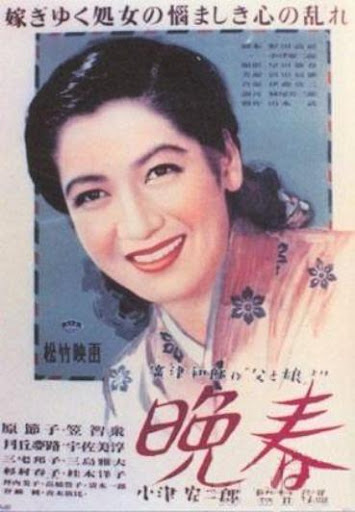






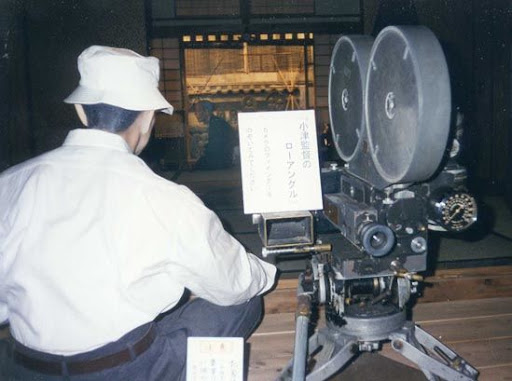
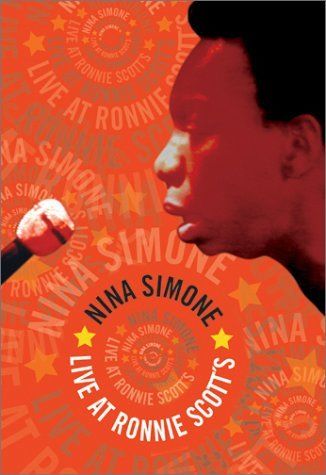
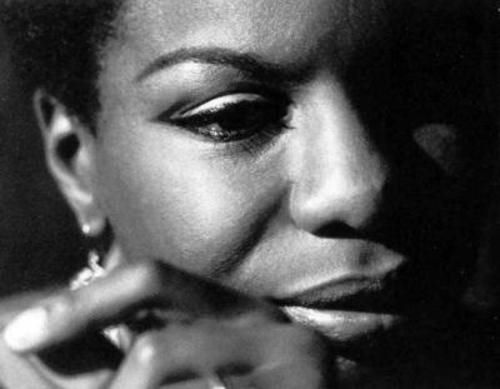
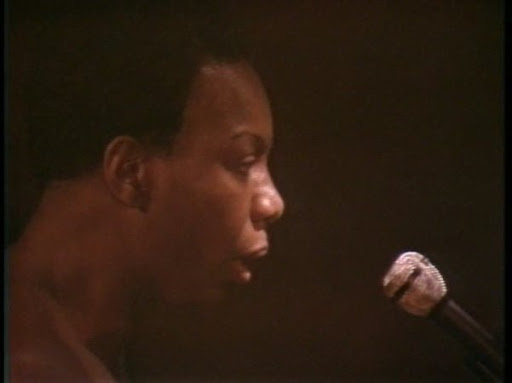
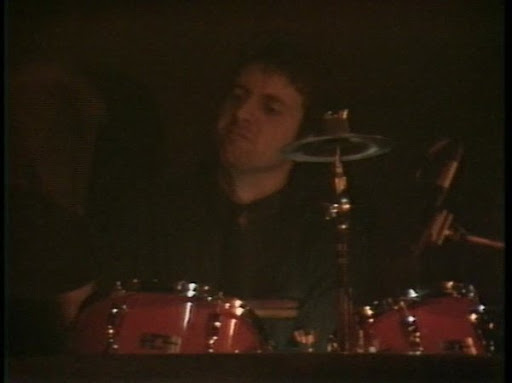
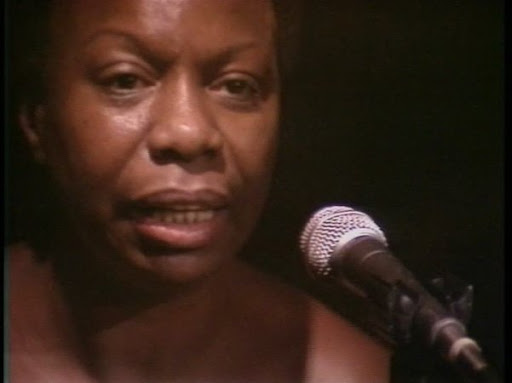
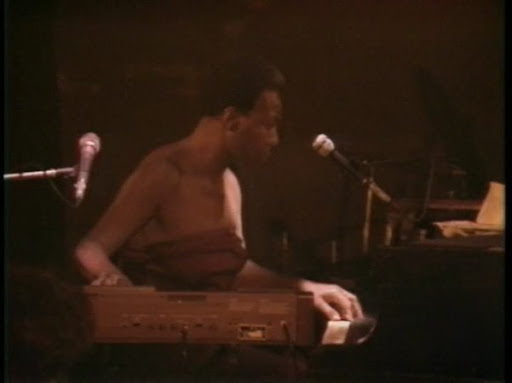

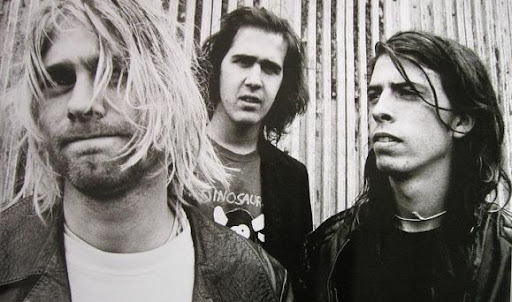
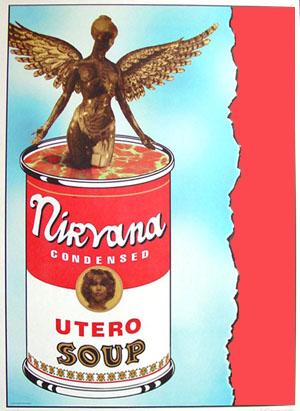

.jpg)


